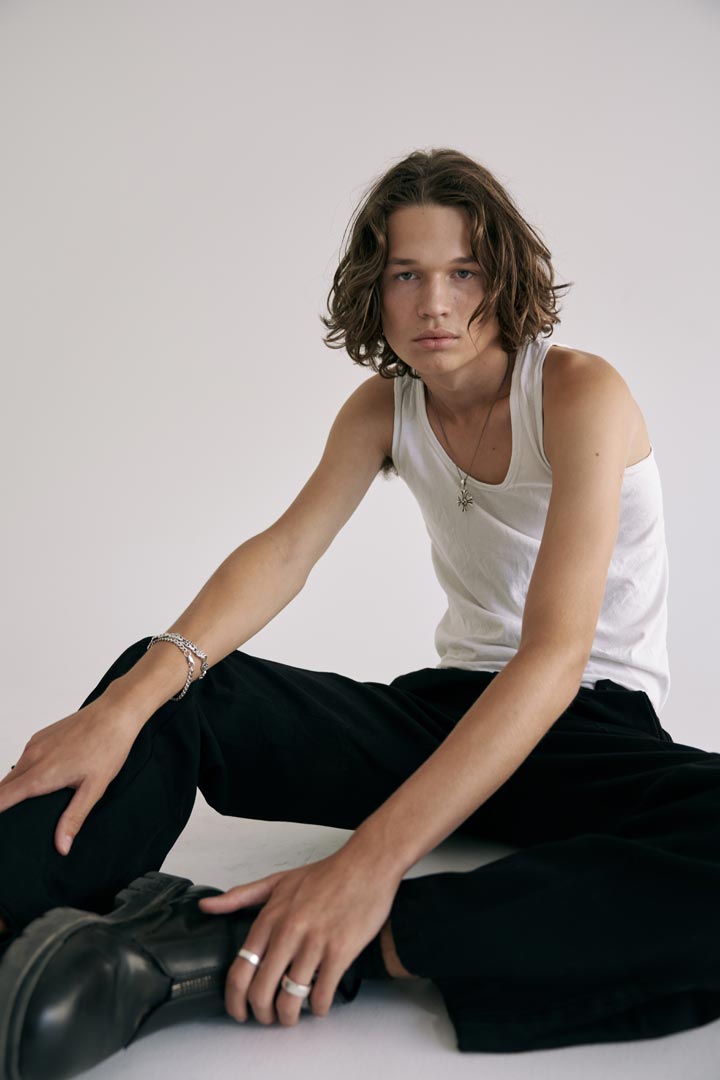Fashion & Fashion Trends: The History and Philosophy of Clothing
Fashion is not fashion. And what is fashion anyway? Let us first examine the term fashion. Simmel, a classical sociologist, already distinguished the term fashion from the term functional “everyday” clothing in 1905. Clothing fulfils a purely functional human need – as well as protection against cold or rain. Fashion, on the other hand, is something else! Fashion is also a social need. That is why today we look at the history of fashion and its influence on society. Below you will also find great videos about 100 years of fashion!
Thanks for the contribution to Book author & Social Media Manager Stephan Czaja.
Fashion becomes a cultural asset – fashion has existed since the beginning of mankind
Fashion existed already at the beginning of mankind First, as described above, it was a purely practical product for early humans to protect against external environmental influences. The first fashionable excesses occurred in the late Middle Ages, but it was not until the 20th century that it became a cultural asset and lifestyle product for almost everyone. Designers, top models, fashion labels, they all gained media and social attention through the first film premieres, the upcoming TV and thanks to print magazines. Fashion has been a social cultural asset since the 20th century and has become a persistent mass phenomenon at the same time.
For the first time clothing became “fashion” by working the fur with the first sewing needles. Thus, external demarcation and individuality gained in importance in society for the first time. Clothing became a status symbol. People of the Renaissance era are still familiar to many people today. You all know the Sun King Louis XII, but for a long time fashionable clothing was reserved exclusively for the aristocracy – ergo, it was only late a general social cultural asset. Elaborately manufactured clothing became affordable in the 19th century, thanks to industrialization, but for more and more people. With increasing prosperity, practical, simple clothing rapidly lost its importance. Fashionable clothing became a product and cultural asset for the first time.
Fashion industry – off-the-peg trends and collections
Women and men – fashion as an industrial product
Not only fashion itself was in demand, also the fashion world, individual brands and models. Also the media and advertising filmmakers of that time quickly discovered the new, prominent designers and designs for themselves. Designers were able to produce their haute couture in large quantities and standard sizes due to increasing demand and new industrial possibilities. And just as the sewing needle brought about the first great change early in human history, the new industrial mass production of fashion also led to increasing possibilities for demarcation and individualisation in society. Industrial production made fashion faster to produce – but also interchangeable. Fashion became “everyday life” with various multicultural influences.
By the end of the 21st century, fashion had become a gigantic industry media and advertising, especially magazines, TV and, since the 2000s, the World Wide Web, were spreading new trends faster and more globally. But is fashion now an individual question or a product of purely qualitative standards – like many others? To explore fashion and its fundamental social origins, it helps to turn to a classical sociologist: Simmel’s “Philosophy of Fashion” (1905), which is referred to in the following chapter.
- Clothing is a useful product for protection against environmental influences such as moisture and cold. Fashion is a social need.
- Only in the 20th century did fashionable clothing become a social cultural asset until it became a gigantic industry in the 21st century. Today, everyone wears fashions, whether in individual groups or according to generally accepted patterns.
Fashion trends – media and trend research
What are fashion trends? Trends define social trends in their beginnings. From the first individuals to global effects. Fashion is also an essential term in media and trend research. Fashion (as described above) is not the same as clothing. Ergo, if people only wore appropriate clothing, fashion would be superfluous. Here the “philosophy of fashion” comes to the ultimate conclusion that fashion can only work as fashion if it presents its difference from the factual practicality (of everyday clothing).
The term fashion stands for something new. This difference is essential, especially for fashion labels that are strongly dependent on trends and often exclusivity. It determines the value of the fashion pieces but also the impact of your own brand. This can quickly be seen in the different class fashions. The classification shows how trends (fashions) develop.
According to Simmel, the fashions that emerge are always class fashions. This means that the fashion of the higher classes is different from that of the lower classes.
Fashion philosophy – more than just clothing
In his time, Simmel (1858-1918) pursued the fundamental question: “How is society possible?” For him, interaction is what makes a functioning society. The interaction of the individual individuals with each other. They result from the forms of socialization, whose contents can be of the most varied nature and as many as desired. Socialization means that individuals form groups and form common values. Besides religion or money, it’s fashion. This creates common patterns according to which groups and their individuals are guided.




Leave a Reply
Want to join the discussion?Feel free to contribute!